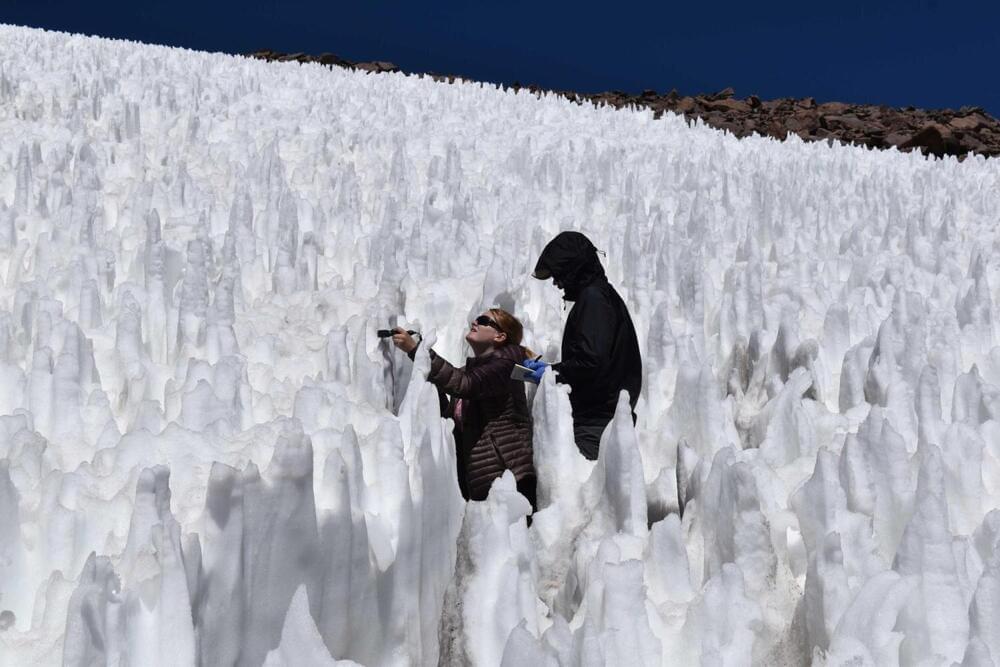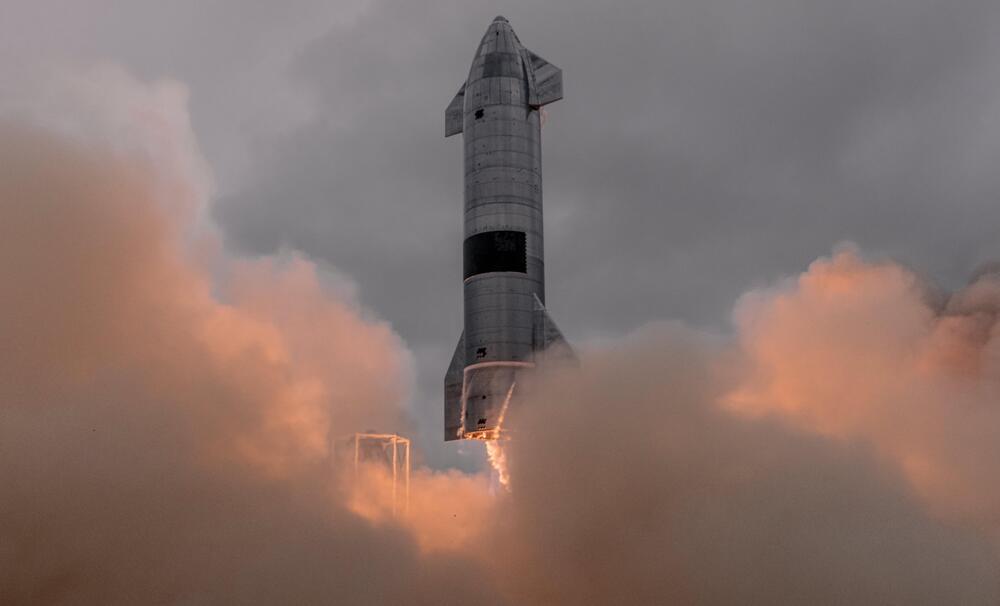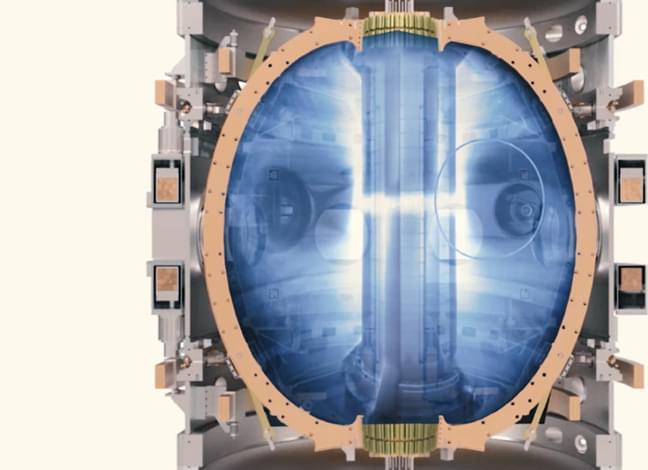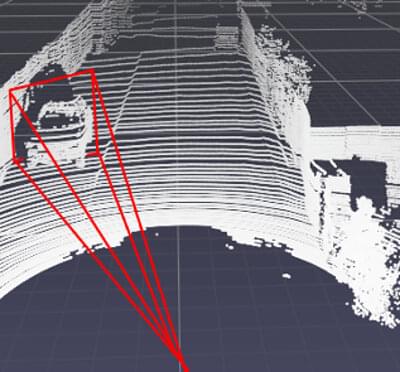
A harsh sun shines down through a cloudless sky, across a vast and unforgiving landscape. It’s covered in gray rock, giant ice sculptures and expansive fields of spiky, yellow and orange bushes. In the distance, intimidating mountain peaks dominate the desolate scene, many miles from the nearest town. Yet alpacas roam freely and flamingos seek out scarce water, both unexpected sights in this wild world.
The extreme environment resembles something from a sci-fi film or another planet, but it’s right here on Earth, on the flanks of the world’s highest active volcano, 22,615-foot Ojos del Salado. Here, on the border of Argentina and Chile, a team of CU Boulder scientists seek to discover how tiny organisms persist at one of the driest and highest points on the planet.
This first-of-its-kind project may ultimately help inform the search for existing and extinct life on other planets.


















